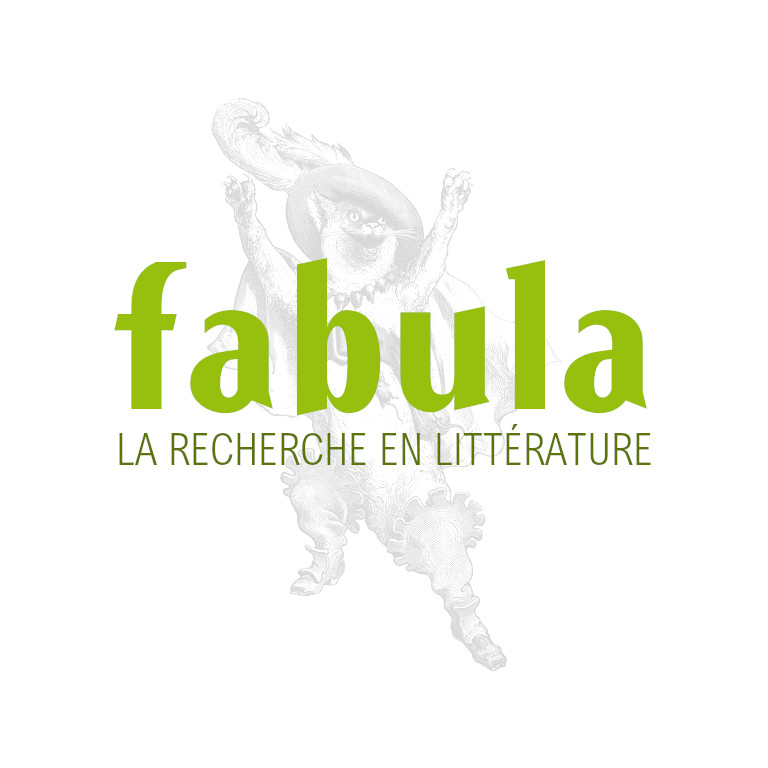
Intensity. Annual conference of the Belgian Association of Anglicists in Higher Education (Mons, Belgique)
Intensity
Annual conference of the Belgian Association of Anglicists in Higher Education
Friday 30 November 2018
Université de Mons, Belgium
[T]he excellency of every art is its intensity, capable of making all disagreeable evaporate.
John Keats, 22 December 1888, Letter to his brothers
Conference Theme
At first sight, intensity is a clear, readily understandable notion, yet it evokes a wide array of interpretations and can be linked with a high semantic-pragmatic, syntactic and stylistic complexity. Intensity, understood here very broadly as the quality to deviate from neutrality, pervades and shapes our daily life, our actions and our language. Intensity permeates language at all linguistic levels, allowing us to encode emotional attitude – from subtle nuances to very strong emotions – or to increase or attenuate the (emotional) impact of our utterances. As Partington (1993: 178) said in relation to intensification, its importance lies in “that it is a vehicle for impressing, praising, persuading, insulting and generally influencing the listener’s reception of the message”. As a pervasive concept, omnipresent in language, intensity allows for a wide variety of approaches from each of the fields brought together by BAAHE, literature, cultural studies, linguistics, translation studies and ELT.
In linguistics, intensity is perhaps most obviously represented in studies of intensification and (inter)subjectivity or (inter)subjectification, politeness, and speaker involvement or modality. Intensification has also been under scrutiny in sign language studies. Almost forty years ago, Klima & Bellugi (1979), for instance, already studied the morphological marking of intensification in ASL. In more recent branches of research, intensity has been studied as the expression of emotion through new technological means such as the use of emoticons and the use of Internet slang. In addition, intensity, as almost inextricably related to emotion, is a prominent concept in metaphor studies, with intensity is heat for instance being one of the most central metaphors (Kövecses 2005). As indicating an increase or decrease in the salience of or attention on a certain linguistic entity, intensity can also be related to topic and focus markers, and in phonology, is understood to refer to pitch accent and stress. (Multimodal) studies on paralinguistic features accompanying intensity such as prosodic peaks and gestures can also provide interesting avenues of research.
In translation studies, intensity can be an equally rich domain of study. How do translators choose to convey emotions in the target language? Do they necessarily resort to explicitation to convey emphasis and intensity? Cultural and language-system related differences might also play a role here. How can we compare intensity across cultures? Is intensity categorized in similar or different ways across cultures? How do cross-cultural differences influence the translation process or result? For instance, when translating intensity does the translator (succeed to) take into account “the effusiveness of Italian, the formality and stiffness of German and Russian, the impersonality of French” compared to “the informality and understatement of English” (Newmark 1988: 5)?
Intensity is a crucial phenomenon from an ELT perspective as well. As Lorenz (1999: 26) stated, “[i]ntensification is an important and, beyond the elementary level, intricate part of foreign language learning”. Whether learning the ability to express complex communicative intentions, acquiring the ability to use appropriate registers or the idiomatic use of adverbs with gradable and non-gradable adjectives, ESL learners are faced with intensity in all aspects of their education.
In literature, both in fiction and non-fiction writing, intensity most often refers to the authenticity or appropriateness of the emotional discourse. From passionate outbursts to pent-up emotions, literature abounds with countless instances of what rhetoricians call the epideictic discourse or appeal to pathos. Throughout history, literary traditions have sought to unleash or restrain the intensity of the emotional material with varying degrees of success. Most typically, the shift from classicism to Romanticism embodies a movement from ethos to pathos, from an emphasis on design and structure to the intensity Keats came to praise as “the excellence of every art” (Hilfer 1981: 7) — a criterion of value, that is. Intensity thus pervades the literary world and our everyday language all the same.
*
References
Klima, Edward S. & Ursula Bellugi. 1979. The signs of language. Cambridge, MA: Harvard University Press.
Kövecses, Zoltan. 2005. Metaphor in culture: Universality and variation. Cambridge: Cambridge University Press.
Lorenz, Gunter. 1999. Adjective intensification – learners versus native speakers: A corpus study of argumentative writing. Amsterdam: Rodopi.
Newmark, Peter. 1988. A textbook of translation. Upper Saddle River, NJ: Prentice Hall.
Partington, Alan. 1993. Patterns and meanings: Using corpora for English language research and teaching. Amsterdam: Benjamins.
*
Plenary Speaker
We are pleased to announce that dr. Belén Méndez-Naya (Universidad de Santiago de Compostela) has accepted our invitation to give a keynote presentation.
Proposal guidelines
Please submit your anonymized proposal (max. 400 words, excluding references) electronically as an attachment in MS Word or PDF format to lobke.ghesquiere@umons.ac.be, specifying in the subject heading "BAAHE 2018 Conference Proposal". Authors are allowed to submit a maximum of two abstracts if at least one of these is co-authored. Clearly specify in your email which field of expertise your proposal fits best (Literature, Theatre & Cultural Studies; Linguistics; ELT; or Translation Studies).
All proposals will be submitted to double-blind peer review.
Accepted paper presentations will be allocated 20 minutes, followed by 10 minutes for discussion.
Important dates
Deadline for abstract submission: 18 June 2018
Notification of acceptance: 20 July 2018
Provisional programme: 24 September 2018
Early-bird registration: 30 July to 15 October 2018
Deadline for registration: 19 November 2018
Conference: 30 November 2018
*
Conference convenors
Lobke Ghesquière (UMONS)
Audrey Louckx (UMONS)
Organizing committee
Eponine Moreau (UMONS)
Jean Robertson (UMONS)
Faye Troughton (UMONS)
Lieven Vandelanotte (UNamur)
Scientific committee
Lieselotte Brems (ULiège)
Bernard De Clerck (UGent)
Lobke Ghesquière (UMONS)
Audrey Louckx (UMONS)
Christine Michaux (UMONS)
Alain Piette (UMONS)
Jean Robertson (UMONS)
Lieven Vandelanotte (UNamur)